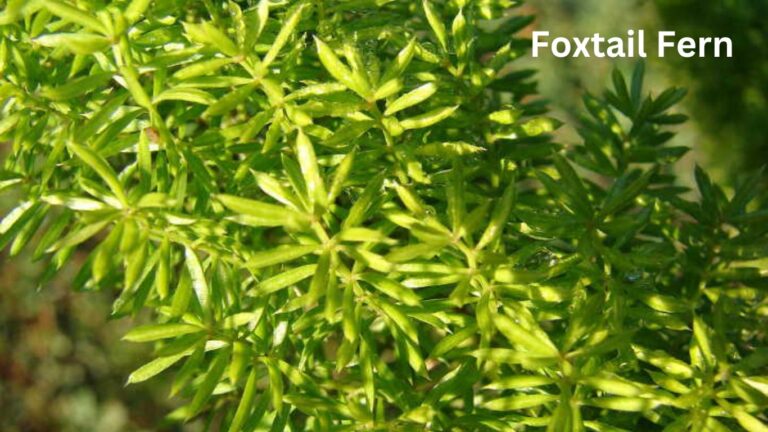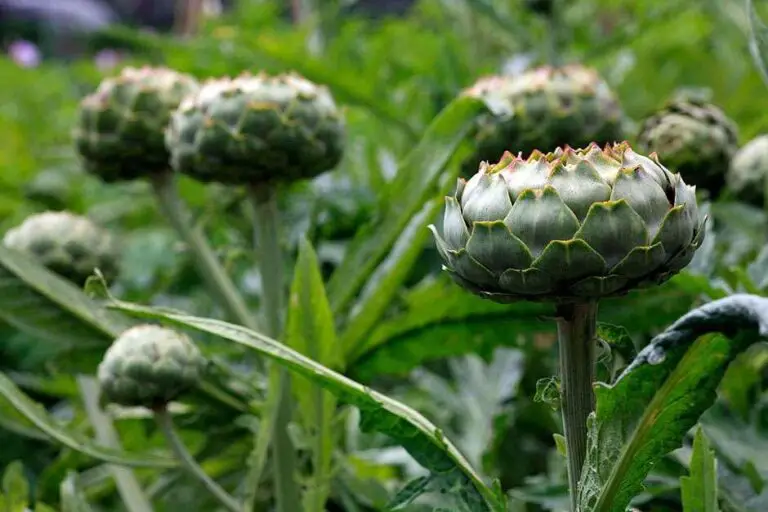Mastering Millet Plant Tips: Growing Nutritious Grains
Table of Contents
Millet for Livestock Feed: Feeding Strategies and Benefits
Millet is gaining popularity as a livestock feed due to its numerous feeding strategies and associated benefits. When considering millet as a feed option, it is important to understand the various feeding strategies that can optimize its use. One effective strategy is to incorporate millet into a balanced ration, combining it with other feed ingredients to ensure a comprehensive nutritional profile for the animals. This not only provides a diverse range of nutrients but also enhances palatability, encouraging animals to consume their feed more readily.

The benefits of millet as a livestock feed are not limited to its nutritional value. Millet has shown potential in improving animal health and performance. Research has indicated that millet can enhance digestibility, resulting in better nutrient utilization by the animals. Additionally, the high fiber content in millet has been associated with improved gut health and decreased instances of digestive disorders in livestock. Furthermore, millet is often considered a cost-effective option, in comparison to other feed grains, making it a practical choice for farmers looking to optimize their feed expenditures.
In conclusion, millet presents an attractive option for livestock feed, with its various feeding strategies and associated benefits. Incorporating millet into a balanced ration and taking advantage of its nutritional value can lead to improved animal health and performance. Furthermore, its cost-effectiveness adds to its appeal for farmers. As the demand for sustainable and affordable feed options continues to rise, millet stands out as a promising choice for the livestock industry.
Can millet be used as a feed for livestock?
Yes, millet can be used as a feed for livestock.
What are the feeding strategies for using millet as livestock feed?
Feeding strategies for using millet as livestock feed include incorporating it into the animal’s diet gradually, ensuring it is properly processed, and balancing it with other feed ingredients.
Is millet suitable for all types of livestock?
Millet is suitable for various types of livestock, including poultry, pigs, cattle, and sheep.
How should millet be processed before feeding it to livestock?
Millet should be processed by methods such as grinding or rolling to improve its digestibility before feeding it to livestock.
What are the benefits of using millet as livestock feed?
Some benefits of using millet as livestock feed include its high nutritional value, cost-effectiveness, and its ability to tolerate drought conditions.
Is millet a good source of energy for livestock?
Yes, millet is a good source of energy for livestock due to its high carbohydrate content.
Can millet be fed to livestock as a sole feed?
Millet can be fed to livestock as a sole feed, but it is recommended to balance it with other feed ingredients to ensure a well-rounded diet.
Are there any potential challenges in using millet as livestock feed?
Some potential challenges in using millet as livestock feed include its relatively low protein content and the need for proper processing to enhance digestibility.
How does millet compare to other feed grains for livestock?
Millet can be a suitable alternative to other feed grains for livestock, offering similar nutritional benefits while being more drought-tolerant.
Can millet be grown as a fodder crop for livestock?
Yes, millet can be grown specifically as a fodder crop for livestock, providing a reliable source of feed during periods of scarcity or high demand.

Pallavi Gupta is a burgeoning writer at SouthElMonteHydroponics, blending her passion for data analysis with a keen interest in biotechnology. Currently pursuing a Bachelor’s in Biotechnology at Amity University, Pallavi delves into the intricacies of life sciences while gaining hands-on experience in the exciting world of data analysis. Her unique background provides a fresh perspective on hydroponic farming, as she explores the intersection of biotechnology and sustainable agriculture. Through her writing, Pallavi aims to bridge the gap between data-driven insights and innovative farming practices, inspiring others to harness technology for a greener future.






